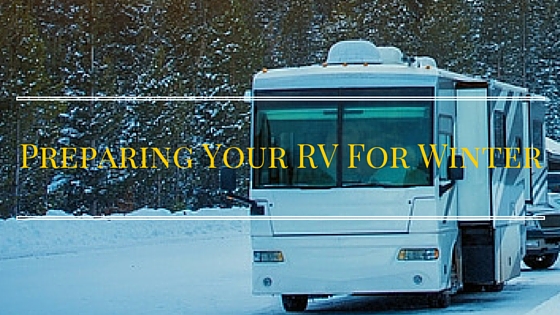
There’s never really a bad time to drive or ride an RV, but for those in certain parts of the country, the arrival of winter means that certain factors have to be taken into consideration. Some of them deal with safety issues, some are oriented toward maintenance, while some are related to aspects of comfort.
Regardless of where someone fits in this mix, the dead of winter is never a good time to find out whether or not you can brave the elements. Basic Components is well-equipped to handle some factors that come under consideration, so we should certainly be a consideration when you start preparing your RV for winter.
The Process of Skirting
One basic area to consider in such preparation is in making sure that the RV is properly skirted. What that means is that because most vehicles of this sort are made for scenic summer tours, no accommodations have been made to deal with the often brutal elements that come during this time of year.
By purchasing the necessary adhesives and sealants from a company like Basic Components to make sure that all possible leaks are sealed to keep out the cold, you’re able to bask in warmth and comfort. Otherwise, the alternative is to stock up on space heaters, which can not only be more expensive, but potentially dangerous.
Sewer and Water Line Protection
Given the cold in certain areas, the chance that the sewer or water line freezes rises to an uncomfortable level. Since both of these areas will undoubtedly be part of any trip at this time of year, there’s no way of getting around making sure these areas are addressed.
For the sewer line, you can use a hose to make sure that it’s properly winterized, or obtain a PVC tube that’s available at virtually every home center. With the water line, the exposed part of the hose is the most vulnerable, so that should be wrapped in electrical heat tape, covering all exposed parts. Covering the hose with some pipe insulation would also be a good idea.
Furnaces Need Propane
Regardless of the length of any journey during winter, the presence of propane is absolutely essential to keeping the furnace consistently working. For shirt journeys, you can get by with a visit (generally once a week) to a local propane dealer, but if it’s an extended trip, a 100-pound propane tank might be necessary when preparing your RV for winter.
The aforementioned insulation comes into play here, since the less insulation you have, the more your furnace will be required to work. That, in turn, leads to greater use of propane, the costs of which can pile up.
Using a Dehumidifier
Walls can become moist when the heat inside connects with the cold the walls are keeping out. That means having a dehumidifier that regulates moisture can be a huge asset.
Keeping Cabinets Open
When the heat from the furnace is flowing through the RV, it makes sense to open up cabinet doors to make sure that this heat reaches the pipes inside the walls.
Basic Components has been in business for the last three decades, so they know how to get the most out of your vehicle, which includes preparing your RV for winter. Contact us to see what we have to offer.

